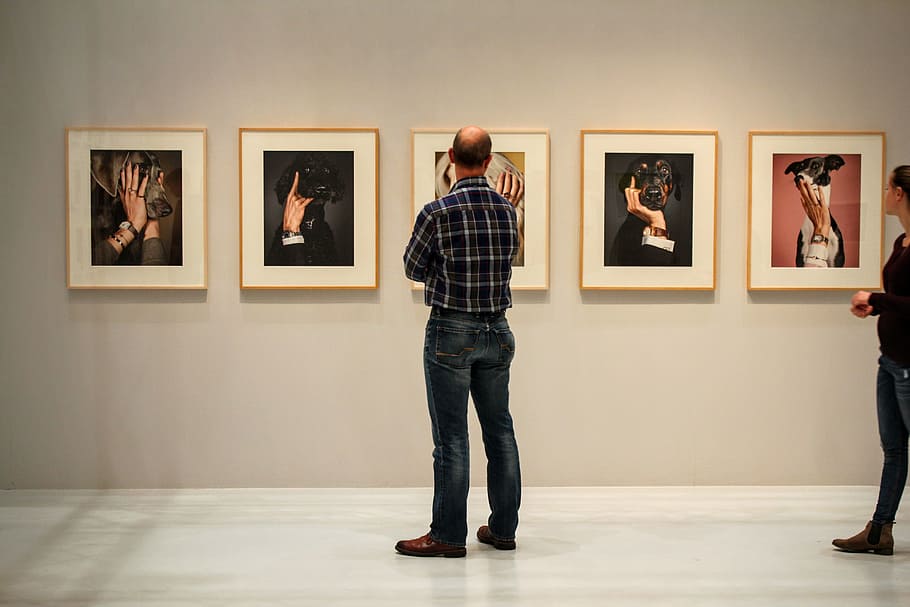We cannot deny that nowadays, you don’t need professional cameras to take breathtaking photos. The latest smartphones can take excellent quality images. To create a fine art print, there are factors that will affect how well a camera or smartphone images print.
Check these first before printing your own fine art prints:
File Format
What is the file format? It describes how data that is related to the image is stored and how much data is retained. Every format has its pros and cons. As a photographer, you shoot in Jpeg or Raw, or both. Then the images are usually edited in Lightroom, Camera Raw, or Photoshop. Then the image is saved. But how do you save it? Is it Jpeg, Tiff., or PSD?
The JPEG format is meant for transferring photos from network to network and showing them on screens. It usually sheds a lot of the original data captured by your camera that is unrecoverable. You can manually edit it further but the scope is greatly reduced. Remember to always use the highest quality setting when saving your image as a JPEG file.
TIFF and PSD are great file format for fine art prints. If you use Photoshop in editing your images, you want to save your work as PSD or TIFF so you can preserve the layers. These formats will allow saving that is uncompressed with no loss of data whatsoever. That is why it is preferred for large-high-quality fine art prints.
Resolution

In digital photography, image resolution is measured as pixels per inch. However, higher resolution doesn’t really mean sharper photos. It will also depend on camera sensors, focus setting, camera sensors, and other factors.
A good resolution of fine art prints will range from 300 to 360 PPI (pixels per inch), especially for landscape photography.
To determine how big your photos can be printed, you can measure it in Photoshop and other post-processing software.
Calibrate your Monitor
An important factor in creating fine art prints is having a high-quality monitor that can be calibrated and profiled properly. Your monitor will be your only vision of the photos until they are printed.
There are software packages you can utilize to calibrate your monitor’s basic parameters like black point, white point, brightness, and contrast ratio.
It will also be an advantage to have a well-lit room when viewing the photos on a monitor. This will minimize the appearance of diluted color and distraction, as well.
Sharpen your Photos

A crucial post-processing adjustment you’ll need to do to create excellent fine art prints is sharpening your photo. Photographers prefer Lightroom or Photoshop to do this.
Set Up Color Management with Printer Profiles
Epson, HP, and Canon all offer a turn-key solution when utilizing their media especially. They have profiles that are already built-in for printing their own media correctly. They also have printer drivers that were developed over the years in order to accommodate third party media. If you decide to use this, select the “let the printer manage color” option in Lightroom or Photoshop.
If you feel that you need much better results from your printer, you have to let Lightroom or Photoshop manage color and use personalized printer profiles and paper combinations.
Pick your Media
You can experiment with a wide range of media types. There is not just one “best” or “perfect” paper. It will come down to what you think suits the image, how it looks, how it feels, and what you like.
Pick your Printer
There is a wide array of printers in the market. Some will provide nice images but not all printers are created equally. Choose a printer that can provide what you need.
Final Words

With technology, digital imaging is able to make fine art printing more accessible than ever. Getting the sharpening and color correct is crucial to create amazing photography prints. How you approach this will depend on your taste and requirements.


